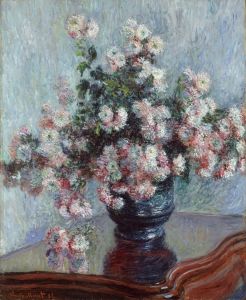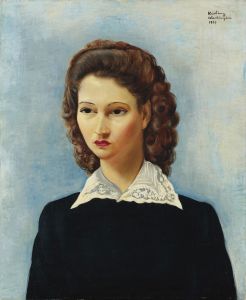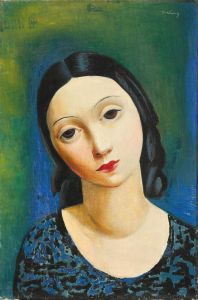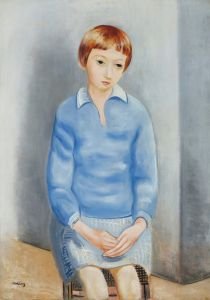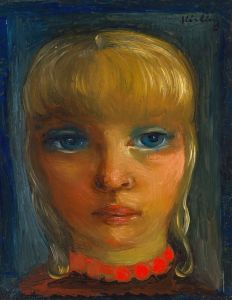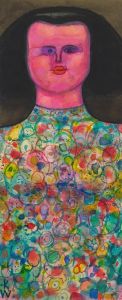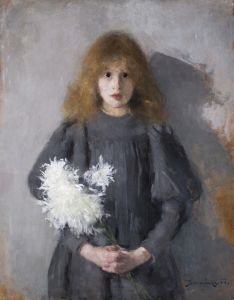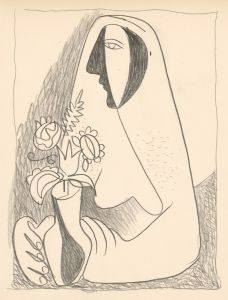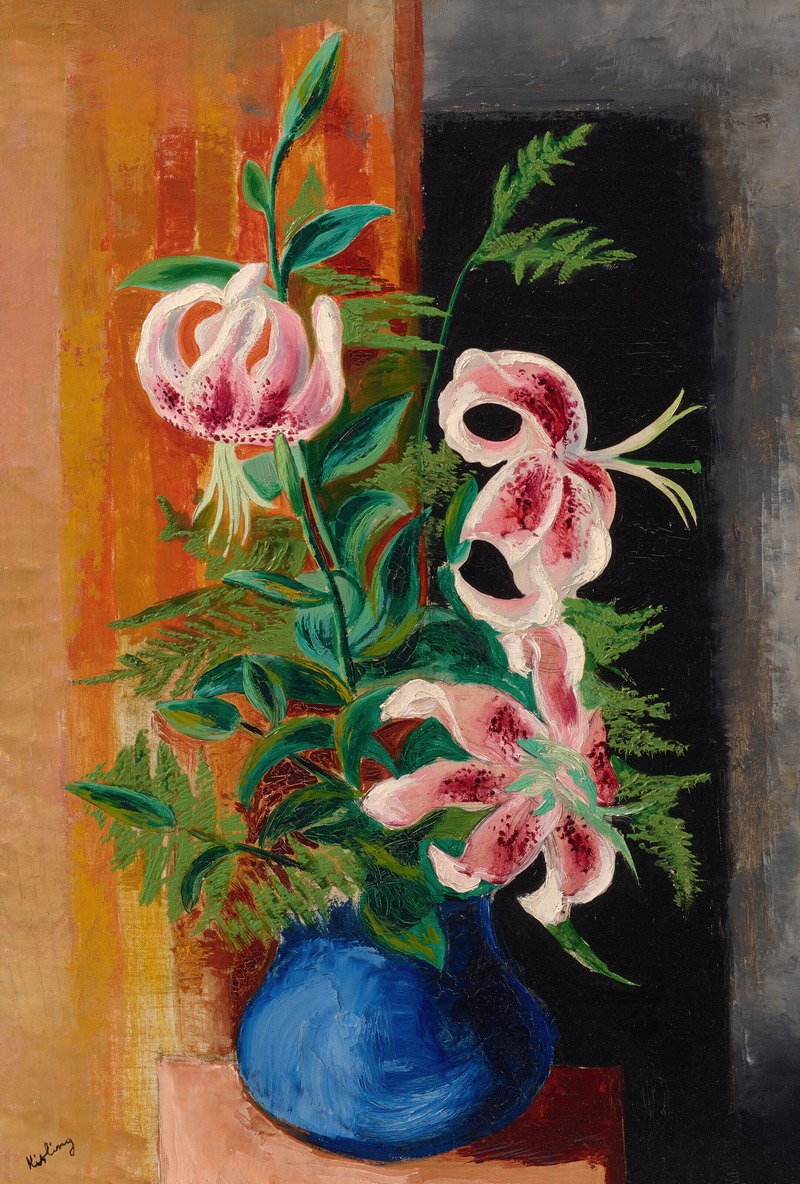
Fleurs dans un vase
A hand-painted replica of Moïse Kisling’s masterpiece Fleurs dans un vase, meticulously crafted by professional artists to capture the true essence of the original. Each piece is created with museum-quality canvas and rare mineral pigments, carefully painted by experienced artists with delicate brushstrokes and rich, layered colors to perfectly recreate the texture of the original artwork. Unlike machine-printed reproductions, this hand-painted version brings the painting to life, infused with the artist’s emotions and skill in every stroke. Whether for personal collection or home decoration, it instantly elevates the artistic atmosphere of any space.
Moïse Kisling, a Polish-born French painter, is renowned for his vibrant and emotive works, particularly his portraits and still lifes. One of his notable works is "Fleurs dans un vase," which exemplifies his unique style and contribution to the art world during the early 20th century. Kisling was part of the École de Paris, a group of artists who lived and worked in the Montparnasse district of Paris, and he was known for his vivid use of color and expressive forms.
"Fleurs dans un vase" is a still life painting that captures the essence of Kisling's artistic approach. The painting features a bouquet of flowers arranged in a vase, rendered with a rich palette and dynamic brushwork. Kisling's use of color is particularly striking, with bold and contrasting hues that bring the flowers to life. The composition is balanced and harmonious, showcasing Kisling's skill in arranging elements within the frame to create a visually pleasing effect.
Kisling's technique in "Fleurs dans un vase" reflects his background and influences. Born in Kraków in 1891, he moved to Paris in 1910, where he became associated with many avant-garde artists of the time, including Amedeo Modigliani, with whom he shared a close friendship. The influence of these interactions is evident in Kisling's work, as he adopted and adapted various modernist techniques to suit his own vision.
The painting also demonstrates Kisling's ability to infuse still life with a sense of vitality and emotion. Unlike traditional still lifes that often focus on realism and detail, Kisling's interpretation is more about capturing the spirit and essence of the subject. The flowers in "Fleurs dans un vase" appear almost animated, with their vibrant colors and dynamic forms suggesting movement and life.
Kisling's work, including "Fleurs dans un vase," was well-received during his lifetime, and he exhibited widely across Europe and the United States. His paintings were collected by notable figures and institutions, contributing to his reputation as a significant figure in the modern art movement. Despite facing challenges during World War II, including fleeing France due to his Jewish heritage, Kisling continued to paint and maintain his artistic output.
Today, "Fleurs dans un vase" is appreciated not only for its aesthetic qualities but also as a representation of Kisling's contribution to the development of modern art. His ability to blend traditional subjects with modern techniques and his distinctive use of color have left a lasting impact on the art world. The painting remains a testament to Kisling's talent and his place within the vibrant artistic community of early 20th-century Paris.






